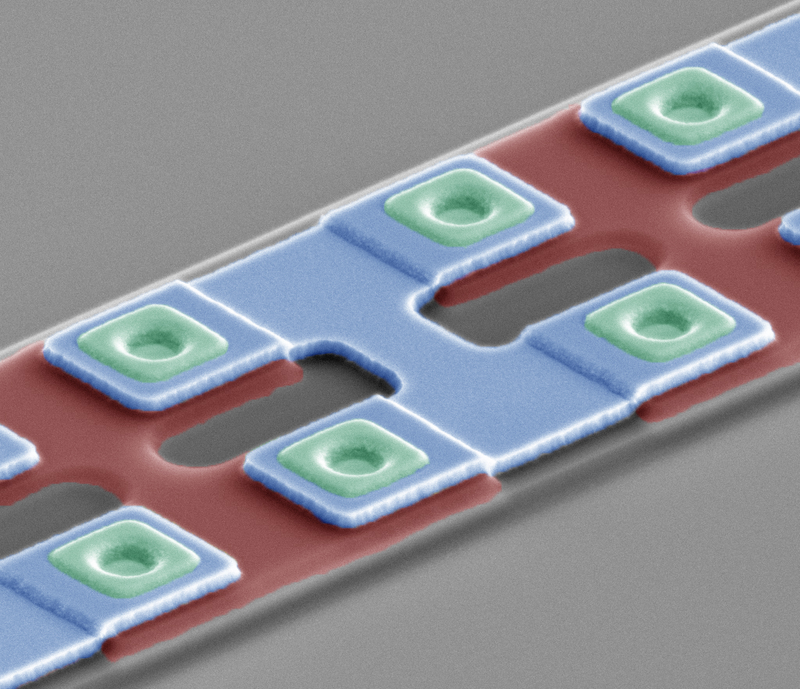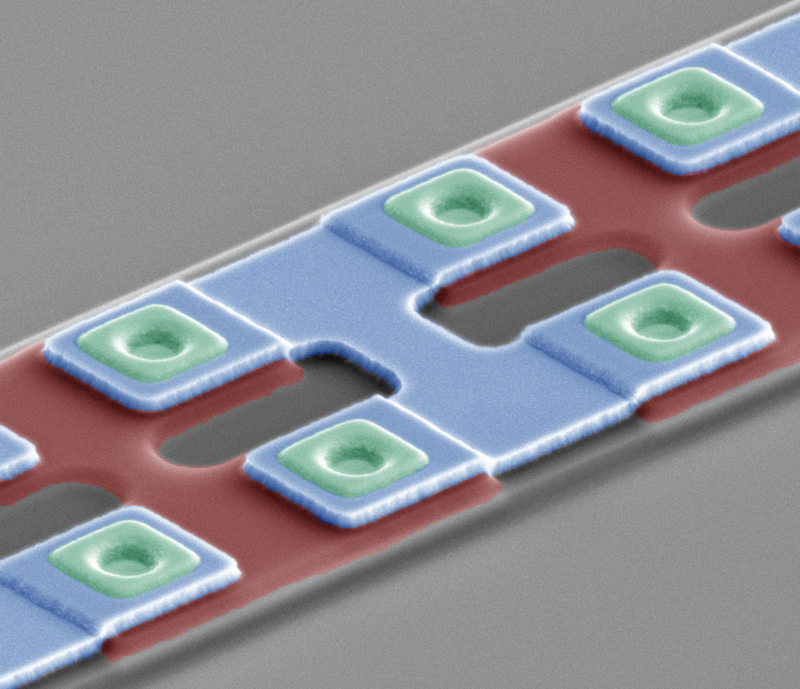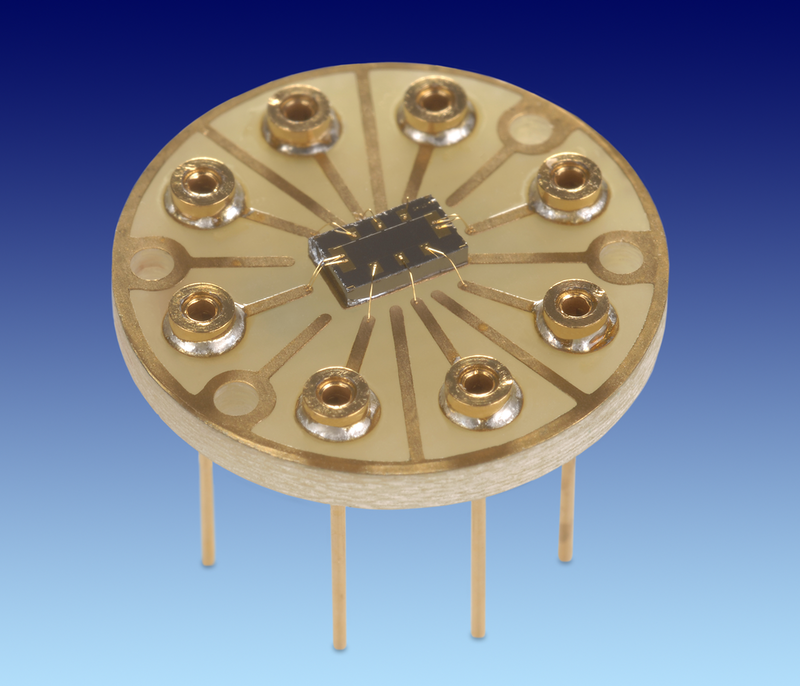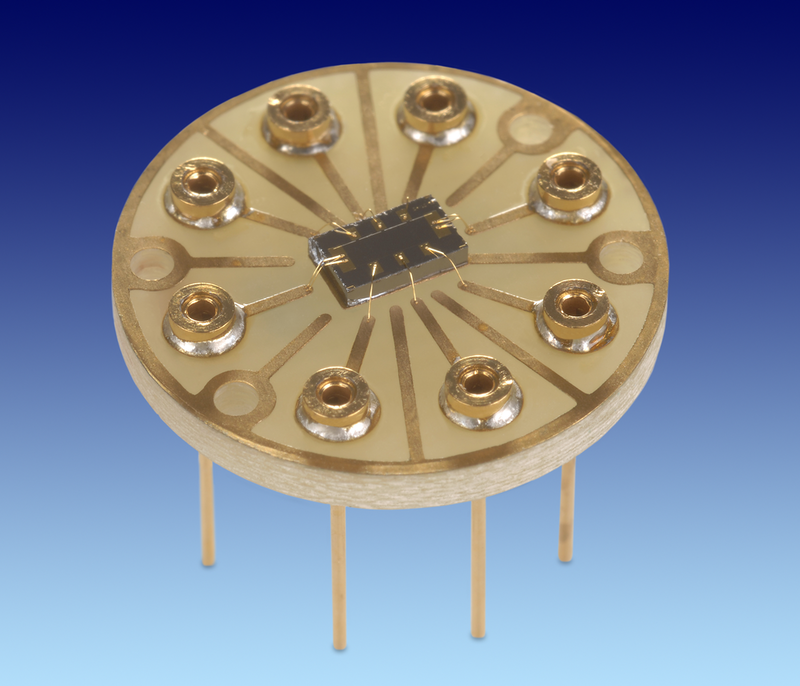Gravitational Versions of Quantum Experiments
Measurements of two important quantum phenomena—the quantum Hall effect and the Josephson effect—provide high precision for tests of the laws of electricity and magnetism and for determinations of Planck’s constant h and the electron charge e. Now researchers propose an approach to achieve similar benefits for gravitational physics by exploiting analogous experiments involving gravitational forces [1]. They hope such experiments can be realized in the next few years, allowing more stringent tests of both gravitation and quantum theory.
In 2019, researchers adopted a new convention for international units that involved defining the values of several fundamental constants, including h and e (see Feature: Living with the New SI). These fixed values are now part of the definitions of basic units such as the ampere. This change also established the importance of the direct link between the values of h and e through the Josephson effect and the quantum Hall effect.
In these two phenomena, the electrons in a material collectively exhibit quantum properties in response to low temperatures and applied electric and magnetic fields. Measurements yield values for the Josephson constant KJ = 2e/h and for the von Klitzing constant RK = h/e2. Together with the direct measurement of the electron charge e, these experiments—known as the electric quantum metrological triangle—set up a series of demanding tests of consistency for the quantum principles behind these effects. The triangle can also be used to measure the precision and calibration of experimental equipment.
Unfortunately, these relations make no mention of mass, nor do they involve the laws of gravity, and so they can’t be applied to gravitational physics. Aiming to rectify this shortcoming, Claus Lämmerzahl of the University of Bremen in Germany and Sebastian Ulbricht of the German National Metrology Institute have now shown theoretically how a conceptually new set of experiments might establish a gravitational metrological triangle. They envision two analogous experiments.
In the Josephson effect, an oscillating current flows between two superconductors separated by an insulator when a fixed voltage is applied across the insulator. The gravitational analogue would involve a Bose-Einstein condensate—a collective quantum state of many particles, which could be ultracold atoms. The atoms would be trapped within a horizontal chamber with a “floor” that is higher on the left and lower on the right, so the slope would provide a gravitational “push” equivalent to an applied voltage. There would also be a narrow hill between the two sides analogous to the insulator.
The quantum solution for this system, the researchers show, would exhibit an oscillatory atomic current. The frequency of the oscillation would depend on the details of the experiment, but it would be proportional to a gravitational Josephson constant defined as K(g) = m/h, with m the mass of the individual atoms.
In the quantum Hall effect, a cold 2D material is in a strong magnetic field, and if an applied voltage moves electrons in a certain direction, an additional voltage will appear in the perpendicular direction that is a multiple of RK = h/e2. In the gravitational analogue, a collection of neutrons or atoms would be made to flow across a rotating plate. In the gravitational setting, the researchers note, the transverse particle drift due to the rotation can be countered by slightly tilting the plate. The tilt would induce a force trapping particles in a set of quantized states. The spacing of these states would be characterized by a gravitational von Klitzing constant R(g) = h/m2.
The team found that these two experiments could be combined with direct measurements of particle masses to provide a set of three independent results involving h and m—a gravitational metrological triangle. If these experiments can be realized, Lämmerzahl says, such a triangle could be used to carry out a variety of fundamental tests with increased precision. These would include testing the so-called weak equivalence principle—the notion that gravity causes all bodies to fall with the same acceleration, regardless of composition. The measurements could also probe whether the value of h derived from the Josephson and quantum Hall effects matches that measured through purely gravitational experiments.
“The proposed experiments involve thought-provoking phenomena at the interface of quantum mechanics and general relativity, and they will surely stimulate more experiments in this rapidly moving forefront of physics,” says Wolfgang Schleich of the University of Ulm in Germany, who uses cold atoms to test general relativity. Even so, he sees the challenge as exceptionally difficult. “I hope I am wrong. In any event, it is important not to give up,” he says.
–Mark Buchanan
Mark Buchanan is a freelance science writer who splits his time between Abergavenny, UK, and Notre Dame de Courson, France.
References
- C. Lämmerzahl and S. Ulbricht, “Gravitational metrological triangle,” Phys. Rev. Lett. 133, 241402 (2024).







